|
Prickly broom is, umm ... prickly. This straggly bush has bright yellow flowers and small, dark green, rounded leaves, while the stems have sharp woody prickles. But by summer the flowers and leaves have all gone, and the branches have dried and turned grey: all that is left is the prickles.
1 Comment
Aleppo pine is the main conifer in the Vasa Kellakiou region. There are other types of pine that grow higher up the mountains, but not here. The aleppo pine can be recognised by its very long needles.
While all of these trees are only low-to-medium height, you will also see tall eucalyptus trees growing around the base camp area. Yes, eucalyptus are native to Australia. They were introduced to Cyprus by the British, in the colonial period. Strange as it may seem now, in the past the coastal areas of Cyprus used to be very swampy, and eucalyptus are very good at sucking up water and drying out the ground. Hawthorn can be identified close up by its ragged-edged, indented leaf.
Once you have been able to identify each of the above from close up, you can recognise them from farther away by their jizz. No, it's not a rude word; it's a technical term that means the general size, shape and colour. Part of the jizz of all these trees (especially carob) is that the leaves only start to grow above goat height, i.e. the height that a goat can reach standing on its hind legs (about 5 feet). Almond trees have spectacular displays of masses of pink and white blossom in Spring. In summer, however, all the blossom and most of the leaves are gone. However, you can still recognise the trees by the almonds that tend to remain hanging in the branches.
Carob trees can be recognised by the pods, like pea pods but much larger, that tend to remain hanging on the branches. These pods are about 6 or 8 inches long. They start off green but eventually become dark brown in colour. You also see them scattered on the ground underneath the tree. The pods (but not the seeds they contain) are edible, with a slightly sweet, chocolatey taste. (Don't try any growing near the road, as they will be impregnated with fumes from passing cars: try one in the middle of a field). In the past (not so long ago), in times of drought and famine, carob pods were what saved people from starvation. Another name for carob is "locust"; when the King James bible records that John the Baptist lived on "locusts and wild honey" it actually refers to this plant.
The landscape around Vasa Kellakiou is mainly low scrub dotted with a few, not very tall trees. Let's take the trees first, then we'll go on to bushes and scrub. The main tree species in the Vasa area are olive, almond, carob, hawthorn and aleppo pine.
Olive is the iconic species of Cyprus and other Mediterranean islands. Although it is also cultivated it grows wild everywhere. It lives to a great age (many hundreds of years) and typically has a gnarly trunk. It can be recognised by the small, oval, pointed leaves which are ... well ... olive-green (greyish green). The olives are green at first but eventually go black. |
AuthorQuentin Macilray An in-depth look into the beautiful nature trails of the Cyprus Ultra Marathon. Every week a different plant, shrub or tree!
ArchivesCategories
All
|
YOUR LOGO HERE - SPONSOR THE GREATEST ULTRA RUNNING CHALLENGE IN CYPRUS
|
Cyprus Ultra Marathon, Vasa Kellakiou, Limassol hills. Est. 2011.
Vasa kellakiou/sanida/kalavasos 21km loop created by Michael Rivers. |
First ultra marathon in cyprus to accept BTC
|
World's first vegan ultra marathon
|
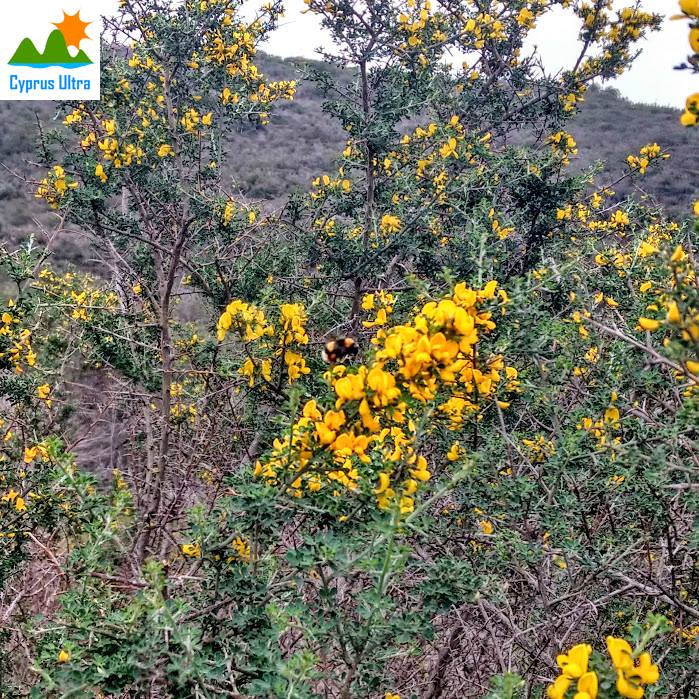
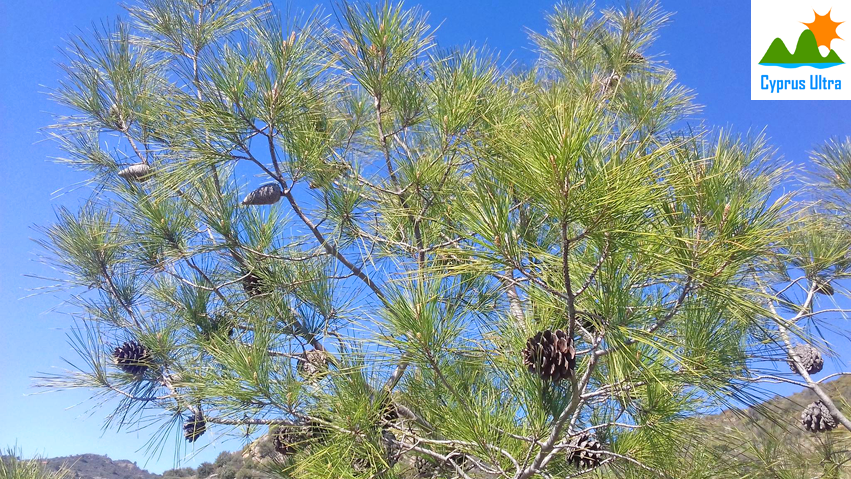
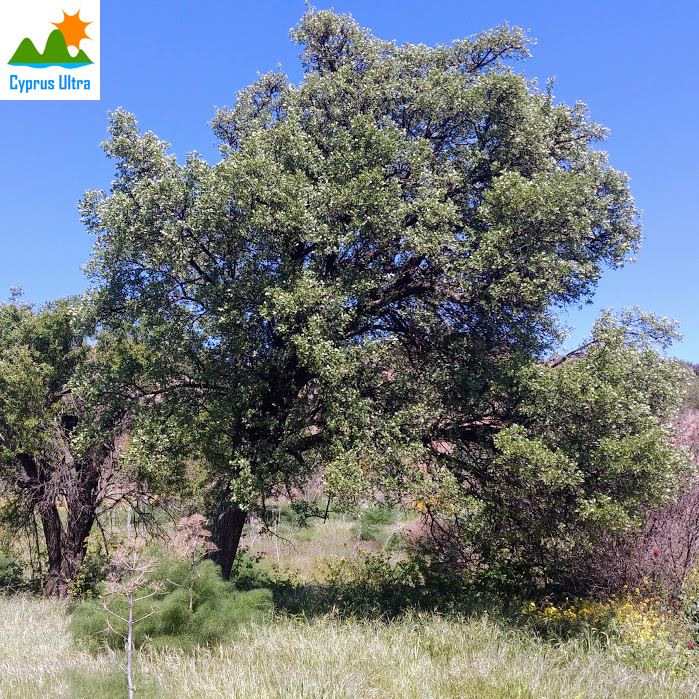
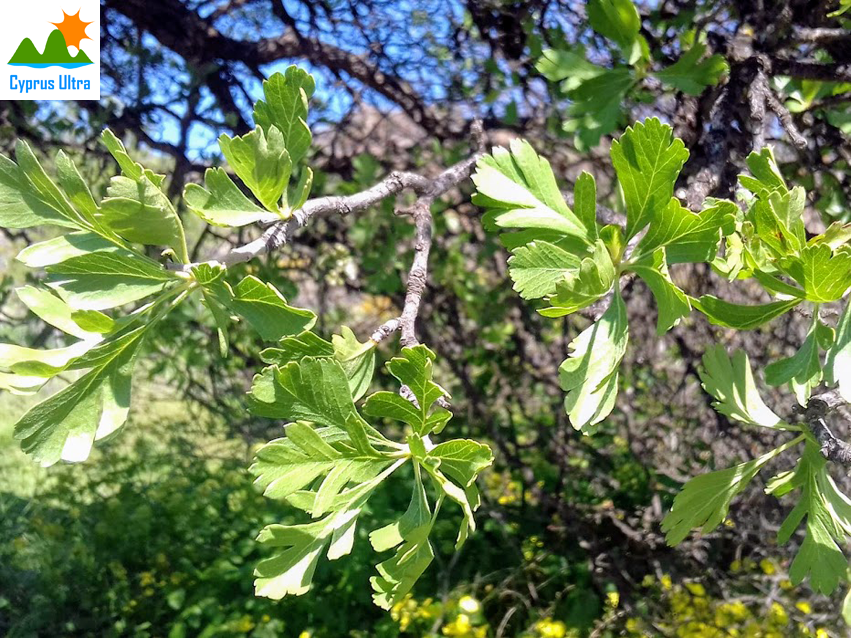
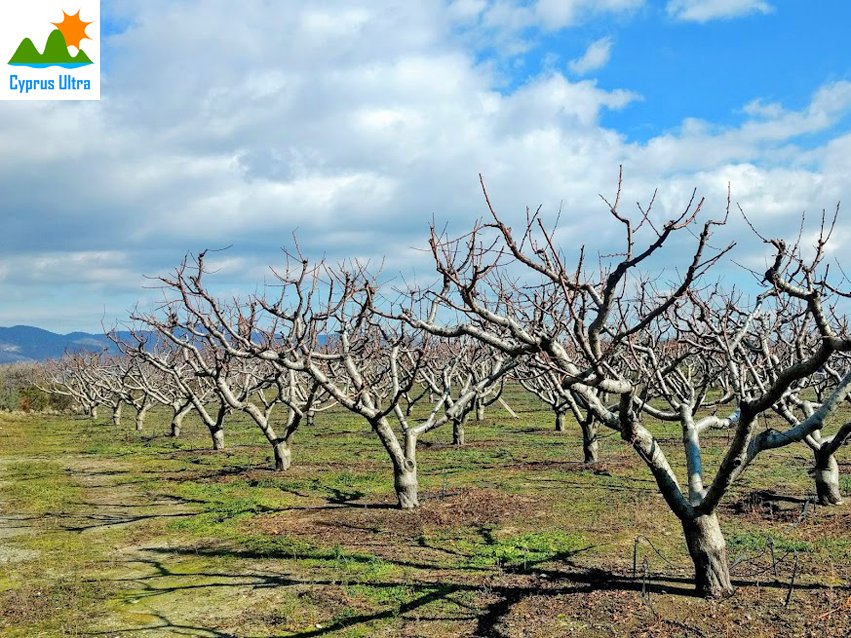
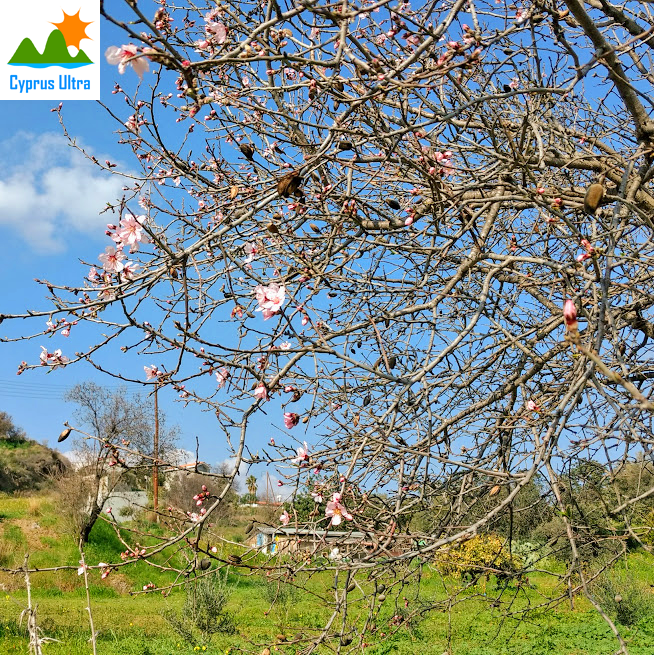
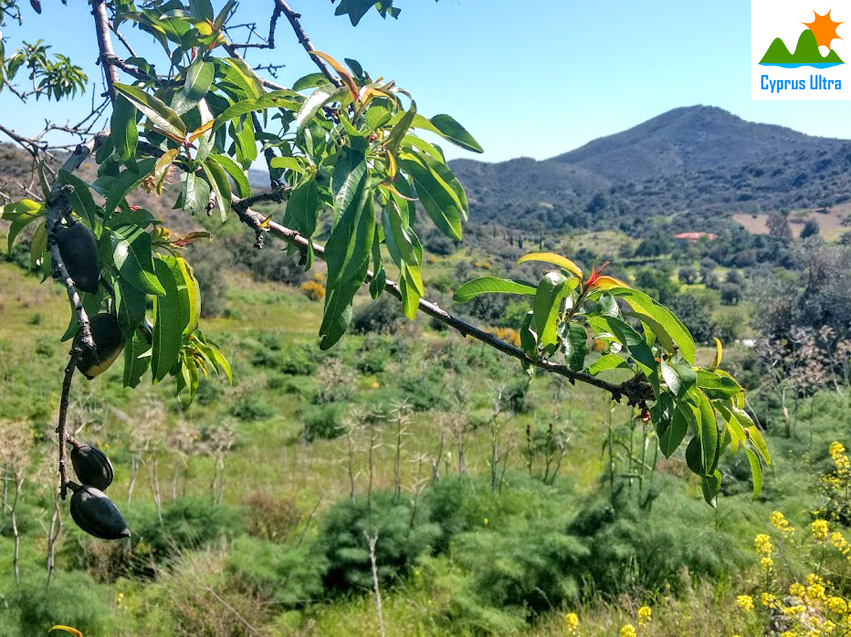
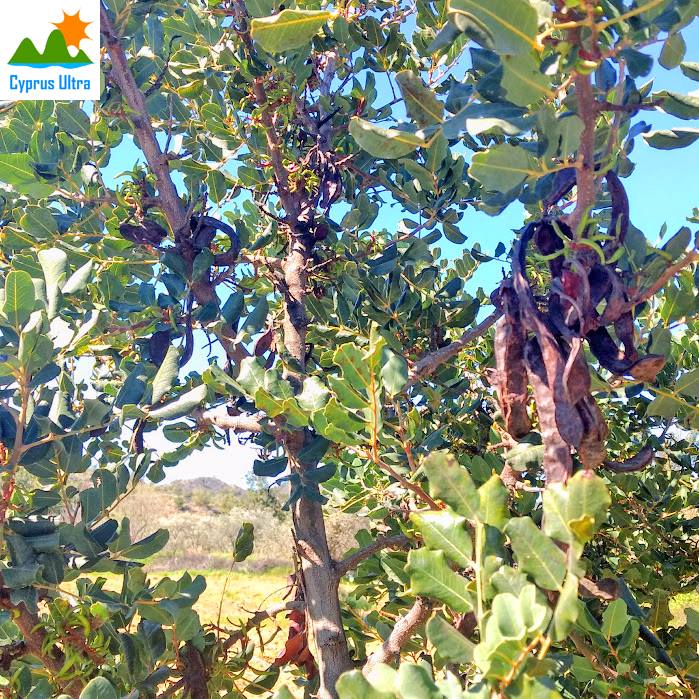
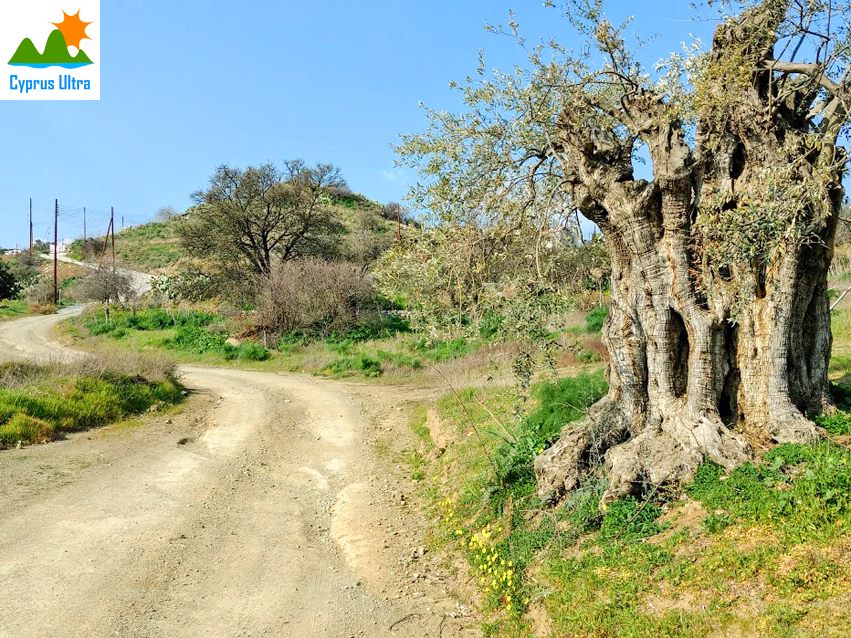

 RSS Feed
RSS Feed






